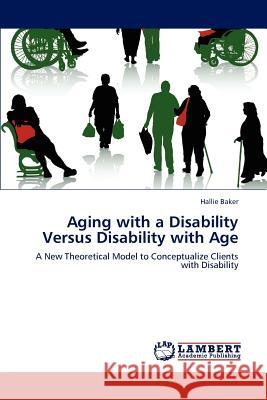Aging with a Disability Versus Disability with Age » książka
Aging with a Disability Versus Disability with Age
ISBN-13: 9783659275326 / Angielski / Miękka / 2012 / 120 str.
Over the past thirty years, the number of individuals aging with disability continues to increase. As more individuals live and age with a disability, professionals in healthcare and mental health need to conceptualize disability as a lifelong condition instead of an acute condition with little consideration of possible future transitions. The Life Course Disability model presented here seeks to bridge that gap and help professionals understand disability as both an acute and a chronic condition with the possibility of multiple transitions throughout one's lifespan. Using polio survivors to illustrate its dimensions, the reliability and usefulness can help professionals and researchers assess disability in a new way.
Over the past thirty years, the number of individuals aging with disability continues to increase. As more individuals live and age with a disability, professionals in healthcare and mental health need to conceptualize disability as a lifelong condition instead of an acute condition with little consideration of possible future transitions. The Life Course Disability model presented here seeks to bridge that gap and help professionals understand disability as both an acute and a chronic condition with the possibility of multiple transitions throughout ones lifespan. Using polio survivors to illustrate its dimensions, the reliability and usefulness can help professionals and researchers assess disability in a new way.











